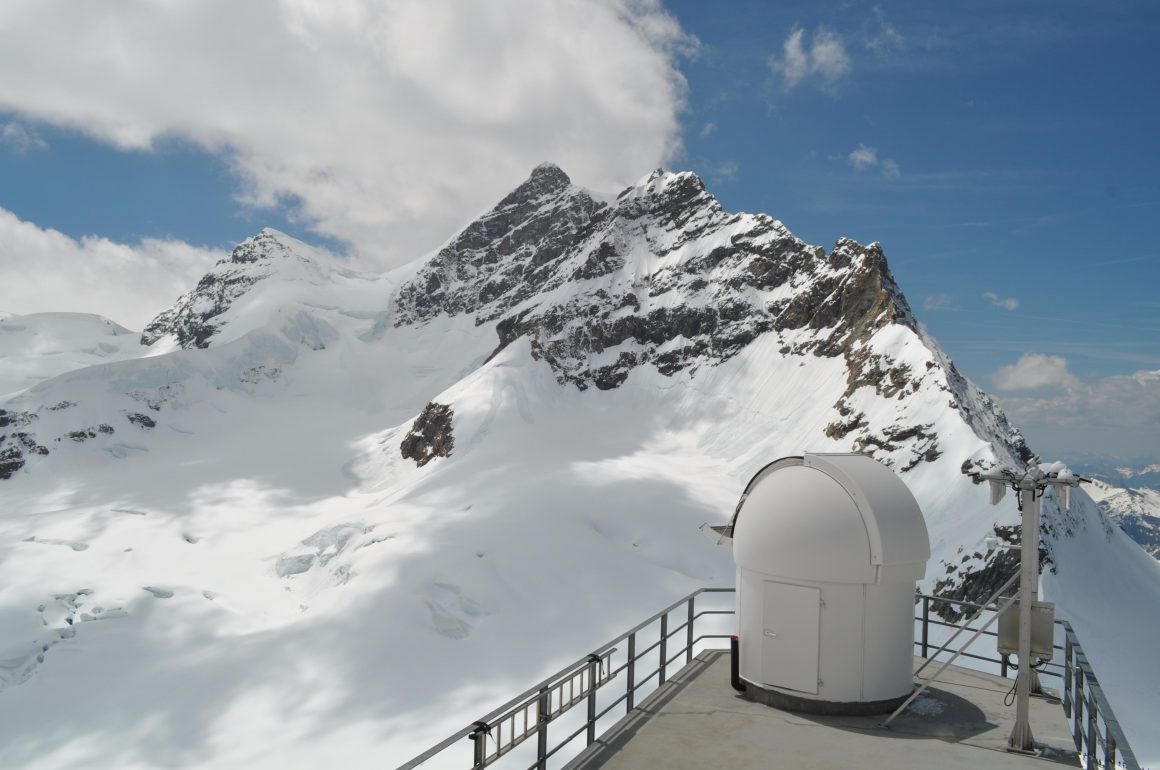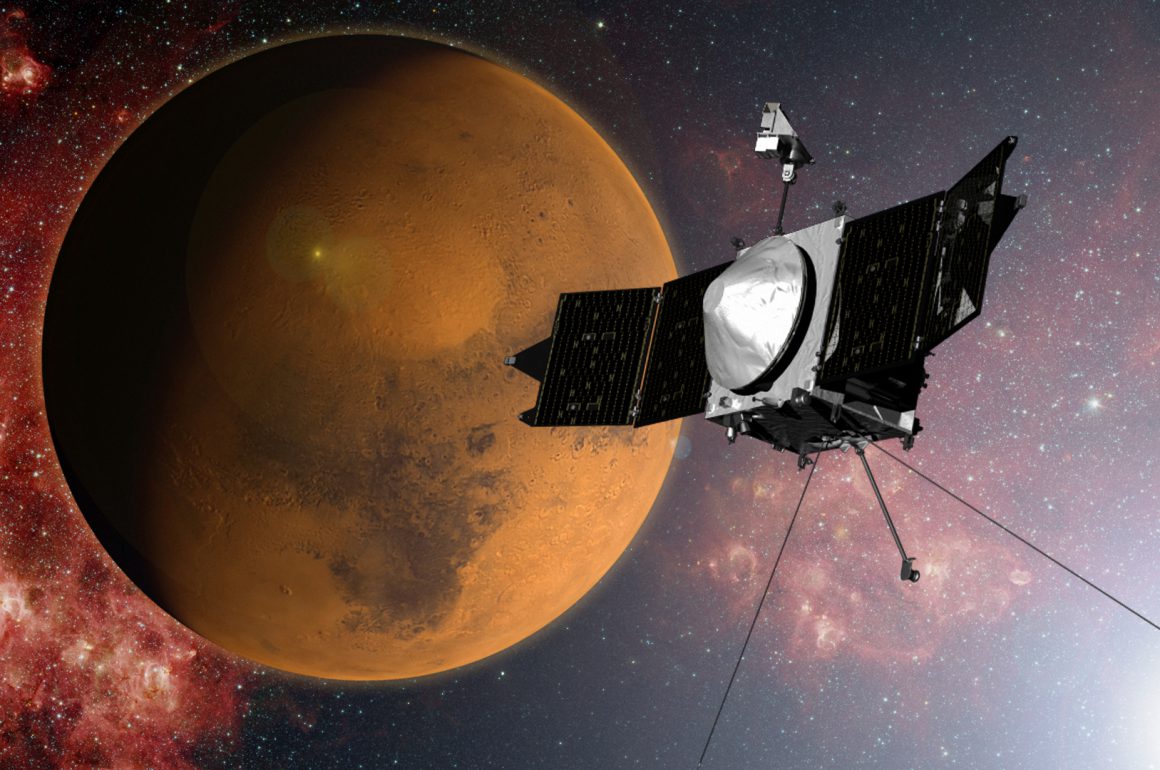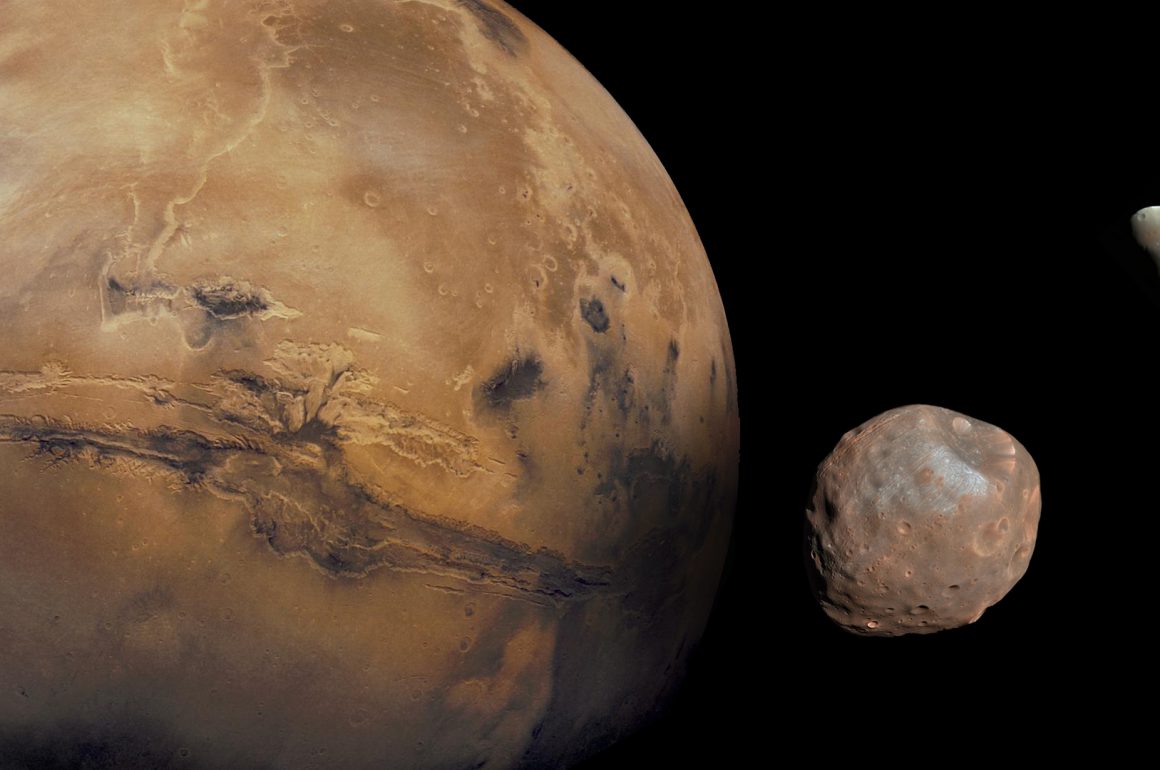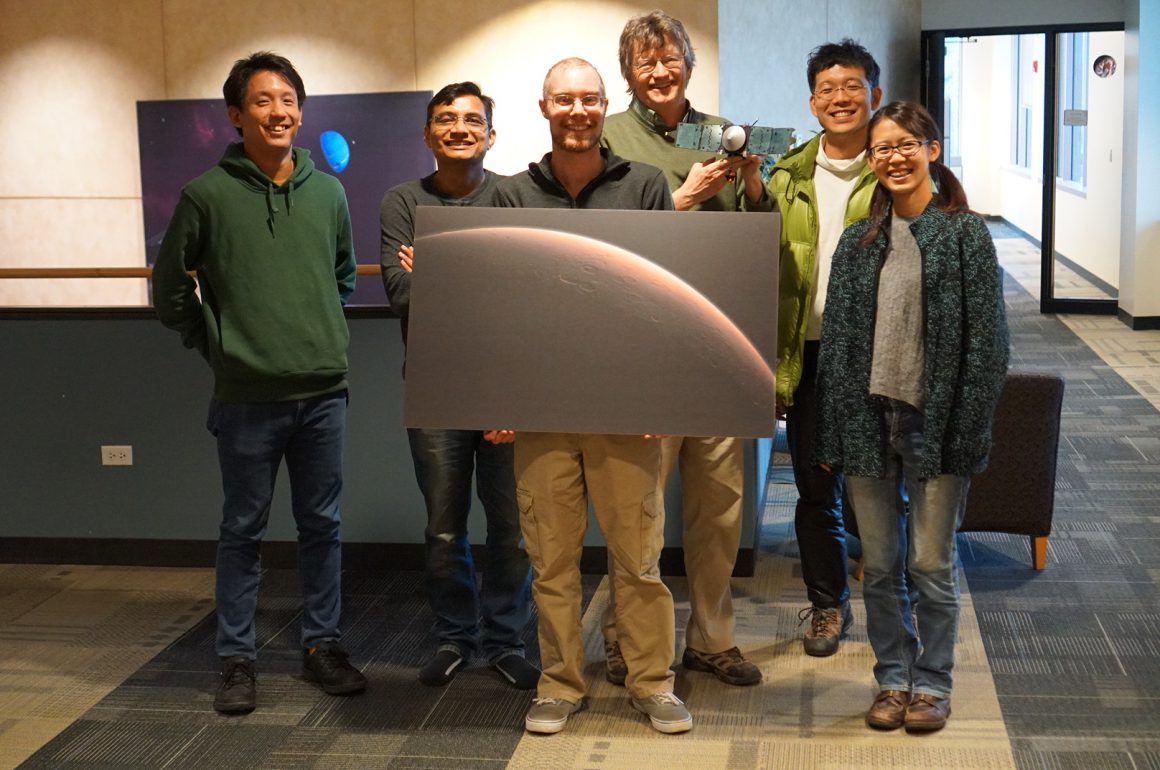Research
投稿数17件‘Atmospheric trace species’ are the minor constituents which abundances are less than 0.1 %. For example, carbon dioxide and methane are famous as greenhouse gas and ozone, nitric oxide, and carbon monoxide are famous as air pollutants. In spite of the small abundance, they have impacts on the atmospheric temperature or circulation and sometimes have interactions with lives. Therefore, behaviors of trace species are important for ‘atmospheric environment’. We are investigating the variations of the trace species mainly with spectroscopy. Many trace species can be observed simultaneously by ground-based solar absorption measurement with Fourier transform spectrometer. Stratospheric ozone and some...
Light arriving from a planet contains a lot of information about the planet’s atmosphere, and this information can be retrieved by analyzing the light in the direction of its wavelength, as called spectroscopy. In particular, the infrared region contains a lot of finger-prints, and the infrared spectrometer is a device that splits the light into its wavelengths. To observe the atmospheres of other planets, it is desirable to install infrared spectrometers on spacecraft to avoid the effects of the Earth’s atmosphere. However, the performance of infrared spectrograph on board satellites is limited. This is because increasing the performance makes the...
Solar Energetic Particles (SEPs) are composed of protons, electrons and heavy ions with energies ranging from a few tens of keV to a few GeV, and are ejected into interplanetary space in large quantities in conjunction with explosions called coronal mass ejections or solar flares. During large flares, SEPs have been reported to penetrate to several tens of kilometers into the Earth’s atmosphere, increasing atmospheric NO2 and destructing the ozone layer (e.g., Seppälä et al., 2004; Rohen et al., 2005). In addition, SEPs are known to cause damage to spacecraft and detectors, and also to the human body due to...
There are various astronomical objects in our solar system, but their origins are not yet fully understood. One of the most interesting projects to solve such mysteries of stellar evolution is the exploration of asteroids, as represented by Hayabusa mission. On the surface of asteroids, the materials in the early stages of the solar system formation exist, but at the same time, solar wind and cosmic ray irradiation on the surfaces of celestial objects without atmospheres are causing changes in surface materials (space weathering). Therefore, in order to find out the origin of materials from surface materials, it is necessary...
There are two satellites on Mars, Phobos and Deimos. There are two theories on the origin of these satellites: the capture scenario, which suggests that they were captured by the gravity of Mars; and the giant impact scenario, which suggests that they were formed by the accumulation of small objects that collided with Mars and scattered debris. It is still unclear which theory is correct, but we are particularly interested in the capture theory. Small objects captured on Mars evolve their orbits due to the dragging effect of the Martian atmosphere. When a celestial object is dragged, its orbit shrinks...
In order to elucidate the physics of phenomena that occur in planetary atmospheres, we are working on the atmospheric general circulation model, which are like virtual planetary environments reproduced on a computer. The best part of this model research is that you can reproduce a planetary environment with your own hands. For example, we can approach subjects such as “What happens if the rotation speed of a planet got slow down?”, “If the atmospheric composition is changed, does this affect on its atmospheric circulation?” which are basically difficult to validate in the real world. That is, by setting up a...
The upper atmosphere of Mars is the region of the thermosphere and ionosphere at an altitude above 80 km. Although the density of the atmosphere is very low compared to the surface, the atmospheric condition can vary significantly due to external forces coming from space, such as solar extreme ultraviolet radiation, solar wind, and high-energy particles from the sun, which can heat the atmosphere and ionize atoms and molecules. On the other hand, recent observations have revealed that fluctuations in the lower atmosphere, such as global dust storms and the dramatic expansion and contraction of the lower atmosphere, can also...
more
Archives
Tags
INFORMATION
Entrace Exam. info.
Do not hesitate to contact and freely visit our lab
Lab Booklet:
Dep. Booklet:
Entrace Exam. also found in Department of Geophysics web page







